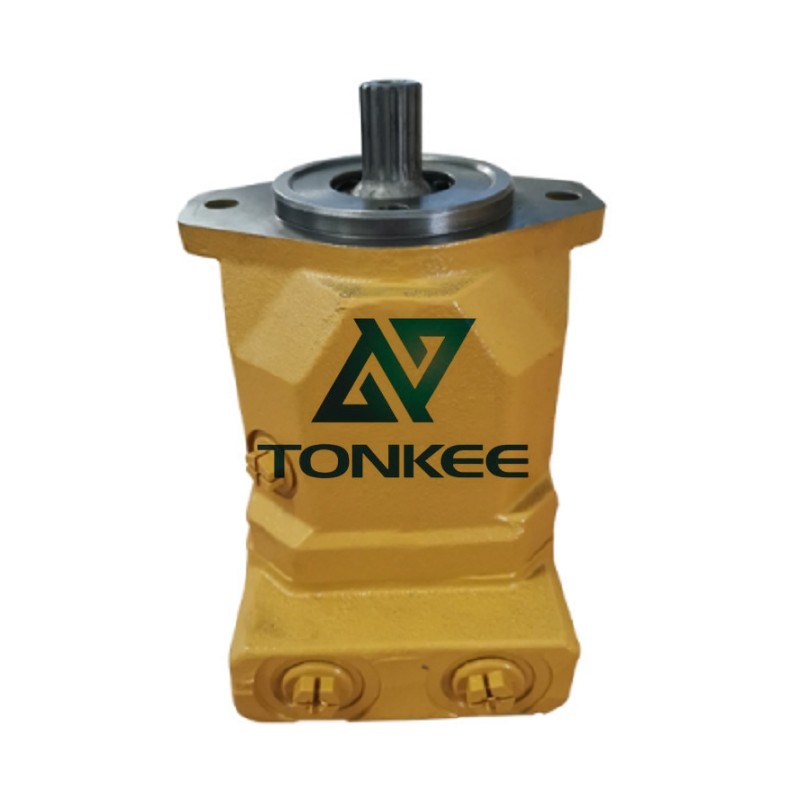
Motor Type: Fan motors are classified into various types, including single-phase and three-phase motors. Single-phase motors are commonly used in residential and light commercial applications, while three-phase motors are more common in industrial and heavy-duty settings.
Voltage and Frequency: Fan motors are designed to operate at specific voltage and frequency ratings. Common voltage ratings are 115V, 230V, or 120/240V for single-phase motors and 208V, 230V, or 460V for three-phase motors. Frequency is typically 60 Hz in North America and 50 Hz in many other parts of the world.
Speed: The rotational speed of a fan motor is usually measured in revolutions per minute (RPM). The required RPM depends on the application. For instance, a ceiling fan motor may operate at a few hundred RPM, while an industrial exhaust fan may require several thousand RPM.
Horsepower (HP): The motor's horsepower rating indicates its power output. It's an important specification to consider when selecting a fan motor to ensure it can provide the necessary torque to move the required volume of air.
Size and Frame: Fan motors come in different sizes and frame designs. The frame size is typically designated by a code like "56" or "48," which corresponds to the mounting dimensions of the motor. Larger motors often have higher power output capabilities.
Efficiency: Motor efficiency is a measure of how effectively the motor converts electrical energy into mechanical energy. Higher efficiency motors are desirable as they can save on energy costs and reduce heat generation.
Construction: Fan motors can have different constructions, such as open frame, totally enclosed fan-cooled (TEFC), or explosion-proof designs.
The choice of construction depends on the motor's intended application and environmental conditions.
Mounting Type: Fan motors can be designed for various mounting configurations, including rigid base, resilient base, or special flange mounting. The mounting type affects how the motor is secured and supported within the application.
Enclosure Type: The motor's enclosure type can impact its ability to withstand environmental factors like dust, moisture, or corrosive elements. Common enclosures include TEFC, ODP (Open Drip-Proof), and TENV (Totally Enclosed Non-Ventilated).
Insulation Class: Fan motors are rated for their insulation class, which indicates the temperature at which the motor can safely operate. Common classes include Class B, F, and H, with higher classes allowing for operation at higher temperatures.
Duty Cycle: This specification details how long the motor can operate continuously. Continuous duty motors can run without interruption, while intermittent duty motors require cool-down periods.



 English
English Русский язык
Русский язык



